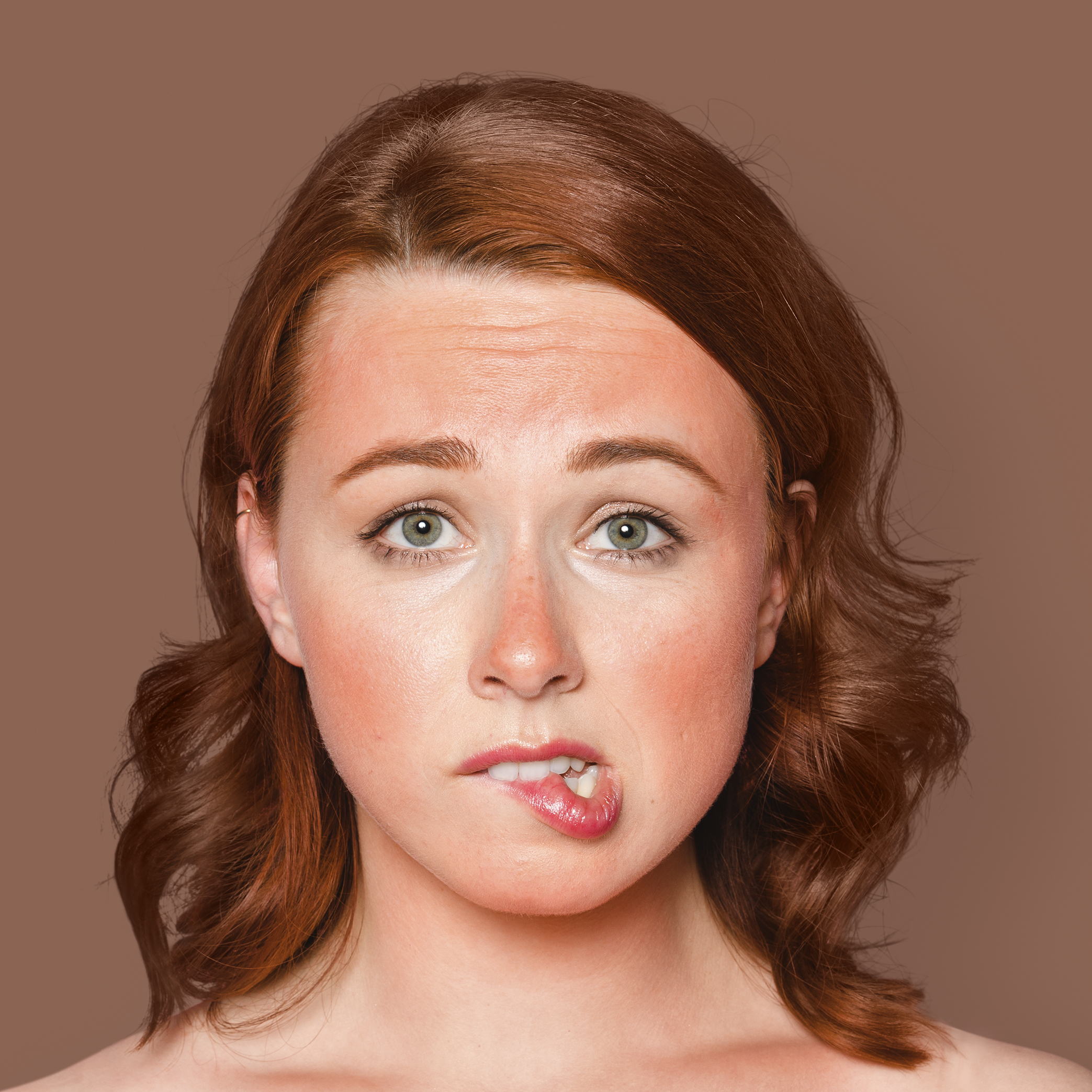

Goldenhar syndrome is a rare congenital illness that affects embryonic development in its early stages. This syndrome is characterized by abnormalities of variable degree that affect various areas of the face. Its causes and means of transmission are currently unknown.
One form of this developmental condition is caused by pathogenic variations of the FOXI3 gene, which is crucial for ear development, according to an international cooperation led by the University of Geneva (UNIGE) and Beihang University in China. The researchers were also able to pinpoint the modes of illness transmission when this particular gene is involved. These findings were reported in Nature Communications.
Goldenhar syndrome, also known as oculo-auriculo-vertebral dysplasia, is a rare congenital disorder characterized by facial asymmetry, auditory and ocular system malformations, and spinal column anomalies, and is sometimes associated with mental retardation. It was first described in 1952 at the University of Geneva (UNIGE) by ophthalmologist Maurice Goldenhar (1924-2001). It varies widely in intensity and expression depending on the individual and is thought to afflict one in every 3,500 to 5,600 births.
Mutations that arise during embryonic development cause this syndrome. Is this condition inherited or do these mutations emerge spontaneously? The mode of transmission and the chemical pathways involved remain unknown. A recent worldwide study effort coordinated by a collaborative team from UNIGE and Beihang University in China provides new insights into the condition. The researchers discovered a gene, FOXI3, whose pathogenic mutations are involved with one form of the disease.
“FOXI3 is critically involved in the development of the ear. It is an architect gene: it produces a protein that acts as a transcription factor. In other words, it controls the expression of other genes to start the construction of the ear,” explains Stylianos Antonarakis, Emeritus Professor at the UNIGE Faculty of Medicine and co-last author of the study.
The scientists analyzed the genetic profiles of a very consanguineous Pakistani family involved in a wider study effort on rare disorders to assess the impact of FOXI3. Two brothers in this family have the condition, but neither their parents nor the other four siblings have. Both patients have pathogenic mutations in both copies of the FOXI3 gene, although several other family members who do not have Goldenhar syndrome have a mutation in only one copy of the gene.
“This first analysis allowed us to confirm that pathogenic mutations in both copies of the FOXI3 gene, each inherited from a parent, are necessary for a form of the disease to develop,” explains Stylianos Antonarakis. This is called autosomal recessive inheritance.
The researchers also examined the genetic profiles of 670 unrelated individuals in Europe and China to see whether pathogenic mutations in FOXI3 and their autosomal recessive inheritance are systematically implicated.
“Eighteen pathogenic variants in the FOXI3 gene were identified in twenty-one patients. FOXI3 is therefore only one of the genes that can cause the disease, precisely the specific form observed in our Pakistani patients,” explains Ke Mao, researcher at Beihang University and co-first author of the study with Christelle Borel, senior research associate in the Department of Genetic Medicine and Development at the UNIGE Faculty of Medicine, and Muhammad Ansar, senior research and teaching assistant in the same department and head of the Eye Genetics research group at the Jules-Gonin eye hospital.
Another perplexing discovery for the researchers was that the pattern of inheritance seemed to be autosomal dominant in many other cases. In this situation, only one of the two copies of the gene must be mutated for the disease to manifest. Scientists addressed this enigma by carefully analyzing the genome around the FOXI3 gene. A functioning and common, but particular, variant of one copy of the FOXI3 gene produces the condition when combined with a severe mutation in the other copy of the FOXI3 gene.
“We also created mouse models with mutations in the FOXI3 gene to validate the results obtained in human families. These mice showed facial deformities equivalent to human characteristics,” adds Professor Yong-Biao Zhang of Beihang University, the study’s co-lead author.
These findings are critical for understanding this illness and help to explain some of the disease’s heterogeneity. They also pave the way for further research into other genes that may be involved in the disease, as well as the normal development of certain parts of the face, the mechanisms of which are still unknown.
more recommended stories
 Fat-Regulating Enzyme Offers New Target for Obesity
Fat-Regulating Enzyme Offers New Target for ObesityKey Highlights (Quick Summary) Researchers identified.
 Spatial Computing Explains How Brain Organizes Cognition
Spatial Computing Explains How Brain Organizes CognitionKey Takeaways (Quick Summary) MIT researchers.
 Gestational Diabetes Risk Identified by Blood Metabolites
Gestational Diabetes Risk Identified by Blood MetabolitesKey Takeaways (Quick Summary for Clinicians).
 Phage Therapy Study Reveals RNA-Based Infection Control
Phage Therapy Study Reveals RNA-Based Infection ControlKey Takeaways (Quick Summary) Researchers uncovered.
 Pelvic Floor Disorders: Treatable Yet Often Ignored
Pelvic Floor Disorders: Treatable Yet Often IgnoredKey Takeaways (Quick Summary) Pelvic floor.
 Urine-Based microRNA Aging Clock Predicts Biological Age
Urine-Based microRNA Aging Clock Predicts Biological AgeKey Takeaways (Quick Summary) Researchers developed.
 Circadian Control of Neutrophils in Myocardial Infarction
Circadian Control of Neutrophils in Myocardial InfarctionKey Takeaways for HCPs Neutrophil activity.
 E-Cigarette Use and Heart Attack Risk in Former Smokers
E-Cigarette Use and Heart Attack Risk in Former SmokersKey Takeaways for Clinicians and Nurses.
 36-Week Pre-eclampsia Screening May Reduce Term Risk
36-Week Pre-eclampsia Screening May Reduce Term RiskA New Preventive Strategy for Term.
 Cardiovascular Risk and Sudden Cardiac Death in Diabetes
Cardiovascular Risk and Sudden Cardiac Death in DiabetesRising Sudden Cardiac Death (SCD) Risk.

Leave a Comment